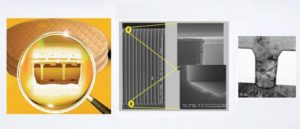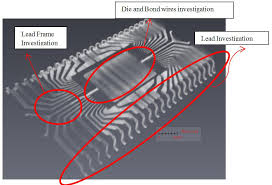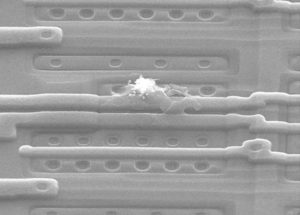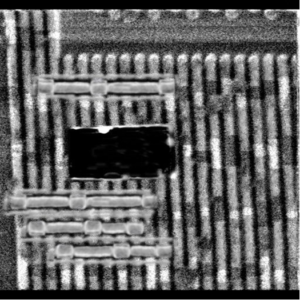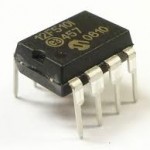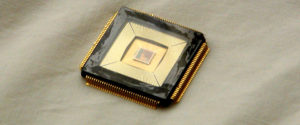Crack MCU PIC18F6439 Heximal
Crack MCU PIC18F6439 memory and clone the internal Heximal from both eeprom and flash, then duplicate the firmware and program to other blank Microcontroller PIC18F6439;
This family offers the advantages of all PIC18 microcontrollers – namely, high computational performance at an economical price. In addition to these features, the PIC18F6493 family introduces design enhancements that make these microcontrollers a logical choice for many high-performance, power-sensitive applications.
12-Bit A/D Converter: This module incorporates programmable acquisition time, allowing for a channel to be selected and a conversion to be initiated without waiting for a sampling period and thus, reduces code overhead.
Like all Microchip PIC18 devices, members of the PIC18F6493 family are available as both standard and low-voltage devices. Standard devices with Flash memory, designated with an “F” in the part number, accommodate an operating VDD range of 4.2V to 5.5V. Low-voltage parts, designated by “LF” (such as PIC18LF6490), function over an extended VDD range of 2.0V to 5.5V.
The Analog-to-Digital (A/D) Converter module converts an analog input signal to a 12-bit digital number which is a drawback for IC code extraction. The module has 12 inputs for both PIC18F6493 (64-pin) devices. The module has five registers:
A/D Result High Register (ADRESH)
A/D Result Low Register (ADRESL)
A/D Control Register 0 (ADCON0)
A/D Control Register 1 (ADCON1)
A/D Control Register 2 (ADCON2)
The ADCON0 register, shown in Register 2-1, controls the operation of the A/D module. The ADCON1 register, shown in Register 2-2, configures the functions of the port pins. The ADCON2 register, shown in Register 2-3, configures the A/D clock source, programmed acquisition time and justification.
Tags: crack mcu source archive,crack mcu source code,crack mcu source content,crack mcu source data,crack mcu source eeprom,crack mcu source file,crack mcu source firmware,crack mcu source information,crack mcu source memory,crack mcu source program


